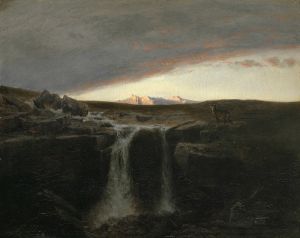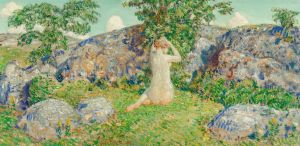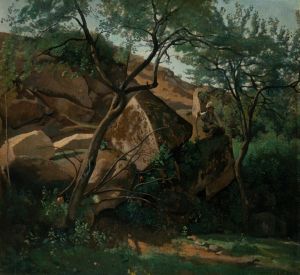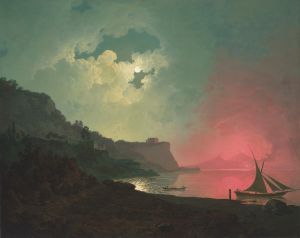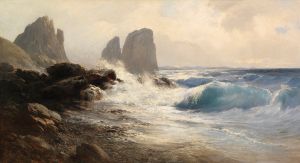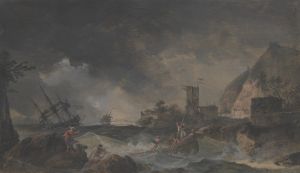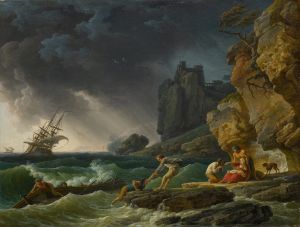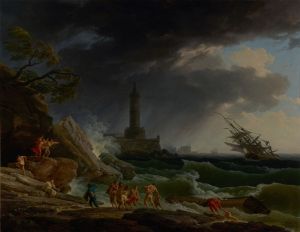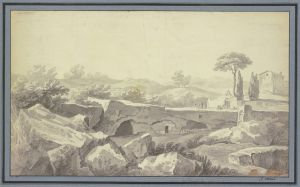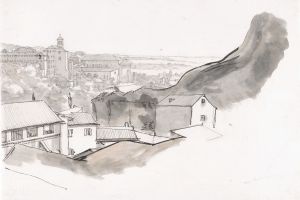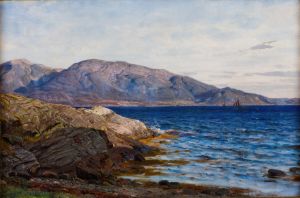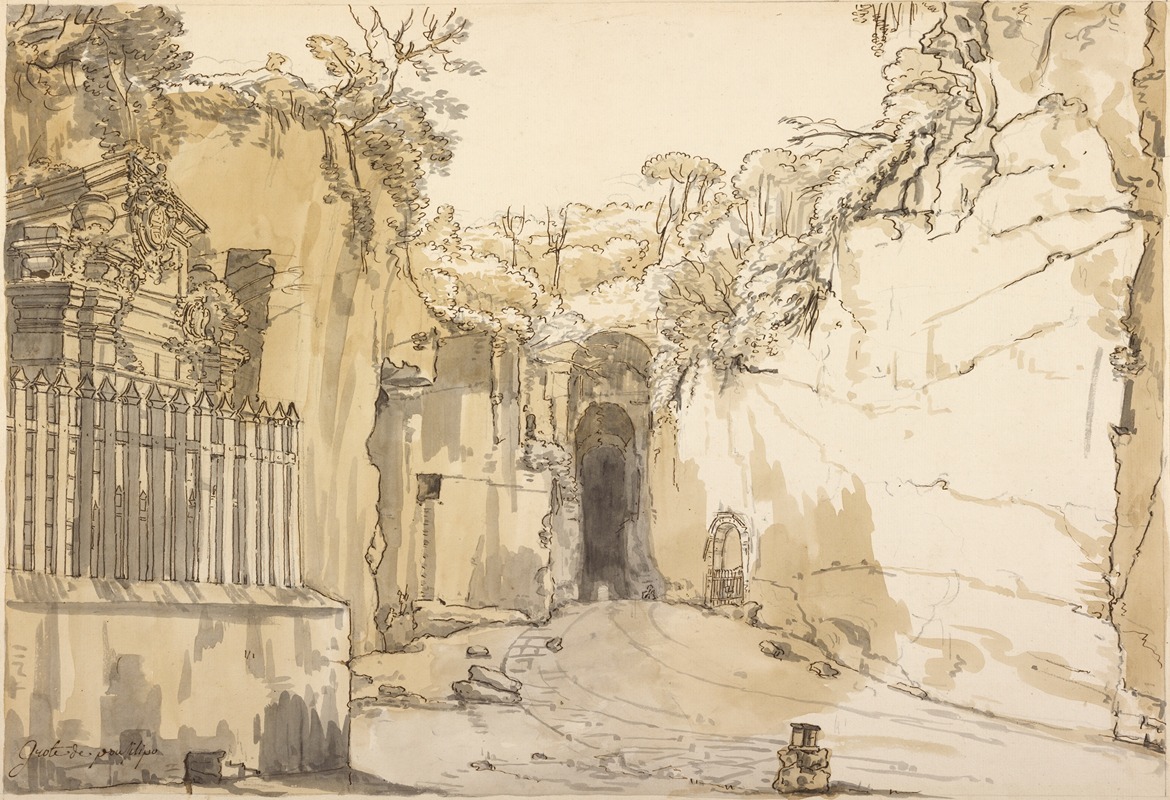
The Entrance to the Grotto at Posillipo
A hand-painted replica of Claude-Joseph Vernet’s masterpiece The Entrance to the Grotto at Posillipo, meticulously crafted by professional artists to capture the true essence of the original. Each piece is created with museum-quality canvas and rare mineral pigments, carefully painted by experienced artists with delicate brushstrokes and rich, layered colors to perfectly recreate the texture of the original artwork. Unlike machine-printed reproductions, this hand-painted version brings the painting to life, infused with the artist’s emotions and skill in every stroke. Whether for personal collection or home decoration, it instantly elevates the artistic atmosphere of any space.
Claude-Joseph Vernet's painting "The Entrance to the Grotto at Posillipo" is a notable work by the French artist, who was renowned for his landscape and seascape paintings during the 18th century. Vernet, born in Avignon in 1714, became one of the most celebrated painters of his time, particularly known for his ability to capture the sublime beauty of nature and the dramatic interplay of light and shadow.
"The Entrance to the Grotto at Posillipo" depicts a picturesque scene located near Naples, Italy. The Grotto of Posillipo, also known as the Crypta Neapolitana, is an ancient Roman tunnel that was historically significant as a passageway connecting Naples to the Phlegraean Fields. This location, with its rich historical and cultural associations, provided Vernet with a compelling subject that combined both natural beauty and human history.
Vernet's painting captures the serene yet majestic entrance to the grotto, with its rocky cliffs and the tranquil waters of the Bay of Naples. The composition is marked by Vernet's characteristic attention to detail and his skillful use of light to create a sense of depth and atmosphere. The play of light on the water and the cliffs adds a dynamic quality to the scene, inviting viewers to appreciate the natural splendor of the location.
In the foreground of the painting, figures can be seen engaging in various activities, which was a common feature in Vernet's works. These figures not only provide a sense of scale but also add a narrative element to the scene, suggesting the everyday life and interactions of people in this historic setting. The inclusion of human figures also serves to highlight the harmonious relationship between humans and nature, a theme often explored in Vernet's art.
Vernet's ability to convey the grandeur of nature while maintaining a sense of intimacy and accessibility is evident in "The Entrance to the Grotto at Posillipo." His works were highly sought after by collectors and patrons across Europe, and he received numerous commissions from the French monarchy and aristocracy. Vernet's paintings were admired for their technical precision, emotive power, and the way they captured the essence of the locations he depicted.
"The Entrance to the Grotto at Posillipo" is a testament to Vernet's mastery of landscape painting and his ability to evoke the beauty and mystery of the natural world. Today, Vernet's works are held in high esteem and can be found in major art collections and museums worldwide, where they continue to be appreciated for their artistic and historical significance.





